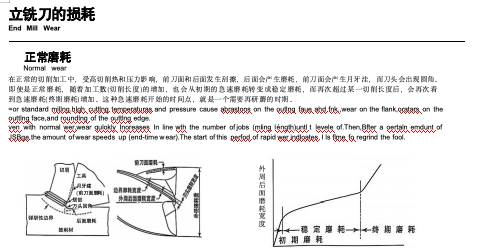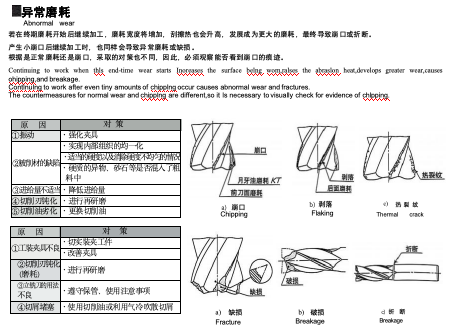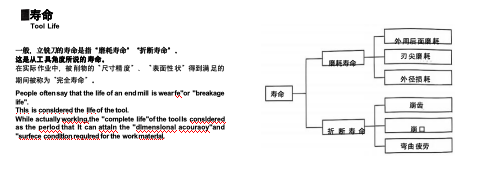News
High Performance End Mill Advances Precision and Efficiency in Machining
Release time:
2025/08/08
High Performance End Mill Enhances Precision and Efficiency in Modern Machining
In the field of precision machining, the choice of cutting tools plays a crucial role in determining the quality, efficiency, and cost-effectiveness of manufacturing processes. Among these tools, the high performance end mill stands out as a vital component for achieving superior surface finishes, accuracy, and faster production rates. With continuous advancements in materials and design, modern high performance end mills have become indispensable in industries ranging from aerospace to automotive, mold making, and general engineering.
A high performance end mill is designed to deliver exceptional cutting speed and tool life while maintaining dimensional stability under demanding conditions. These tools are engineered with precision to meet the rigorous requirements of today's machining applications.


Advanced Material and Coating Technologies
One of the key factors that elevate the performance of end mills is the selection of base materials and surface coatings. Typically manufactured from solid carbide, high performance end mills exhibit remarkable hardness and wear resistance. Carbide provides a balance between toughness and rigidity, allowing the tool to withstand high cutting forces without chipping or deformation.
Moreover, the application of advanced coatings such as Titanium Aluminum Nitride (TiAlN) or Diamond-Like Carbon (DLC) further enhances tool durability. These coatings reduce friction between the cutting edge and the workpiece, minimizing heat generation and preventing premature tool failure. The high performance end mill incorporates such surface treatments, ensuring longer tool life and the ability to machine harder materials efficiently.

Optimized Geometry for Enhanced Cutting Efficiency
The design of the cutting edge and flute geometry plays a significant role in determining the cutting dynamics of an end mill. High performance end mills often feature variable helix angles and unique flute designs that reduce vibration and chatter during operation. This results in smoother cuts, improved surface finish, and increased tool stability.
Additionally, the precise geometry allows for higher feed rates and deeper cuts, reducing machining time without compromising accuracy. These design considerations enable manufacturers to push the limits of their equipment for greater throughput.
Versatility Across Various Materials
Modern manufacturing demands tools that can handle a wide range of materials, from soft aluminum alloys to tough stainless steel and exotic superalloys. High performance end mills are designed to adapt to these diverse requirements by balancing hardness, toughness, and thermal stability.
For instance, in aerospace applications, machining titanium alloys requires tools that resist high temperatures and abrasion. The high performance end mill’s durable carbide construction and protective coatings make it suitable for such demanding tasks. Similarly, in mold making, the tool's ability to produce sharp corners and fine details with minimal tool wear is critical.
Impact on Manufacturing Productivity
Investing in high quality, high performance end mills directly translates into improved productivity and cost savings. By enabling faster machining speeds and extended tool life, manufacturers can reduce downtime for tool changes and minimize scrap rates. The precision of the tool also decreases the need for secondary finishing operations, streamlining the overall production workflow.
Furthermore, enhanced tool performance supports sustainable manufacturing by reducing energy consumption and raw material waste. As manufacturers increasingly focus on eco-friendly processes, adopting advanced cutting tools becomes a strategic advantage.
Conclusion
The high performance end mill is a cornerstone of modern machining technology, combining material science, innovative design, and precision manufacturing to meet the evolving needs of industry. By choosing a high performance end mill designed for reliability and precision, manufacturers can optimize their processes, improve product quality, and maintain competitiveness in a rapidly advancing industrial landscape.
keywords
Previous Page
Previous Page:
Latest News
Contact Information
Tel: +86-18861298766
E-mail: jeni@vellfire-tools.com
Whatsapp:8618861298766
Address: No. 156, Nanxi Road, Xinbei District, Changzhou City (Wilfa Recutting Milling Cutter and High Efficiency Drill Wholesale)




Copyright© 2023 Jiangsu Vellfire Precision Alloy Co., Ltd. All Rights Reserved



